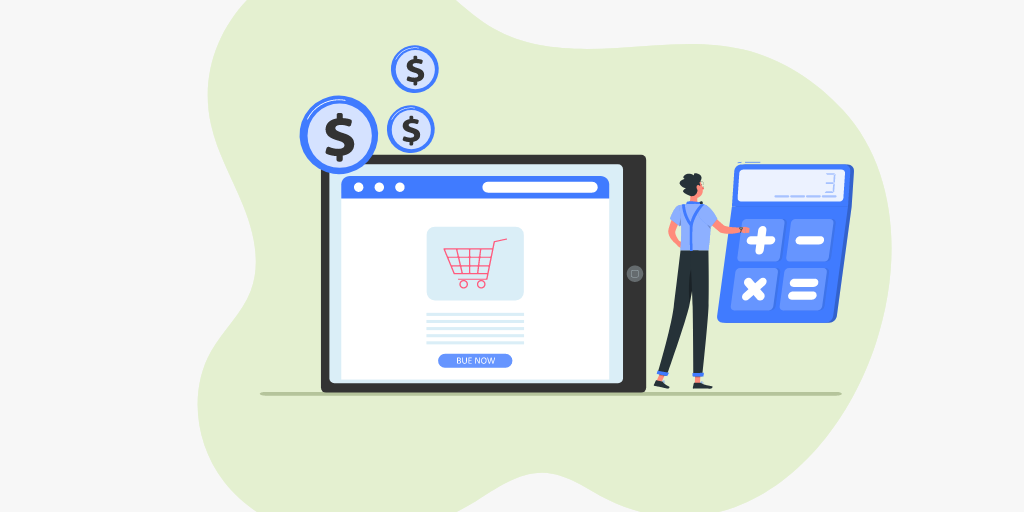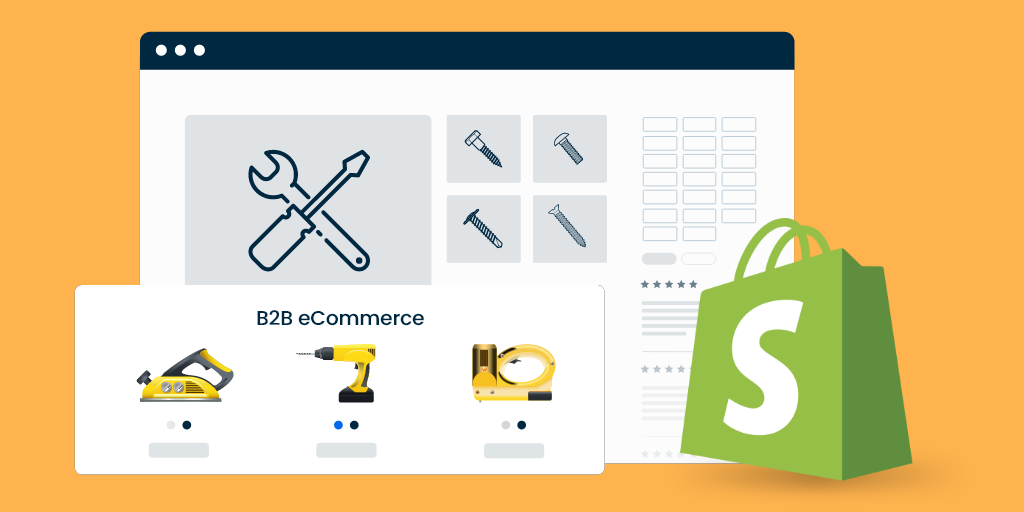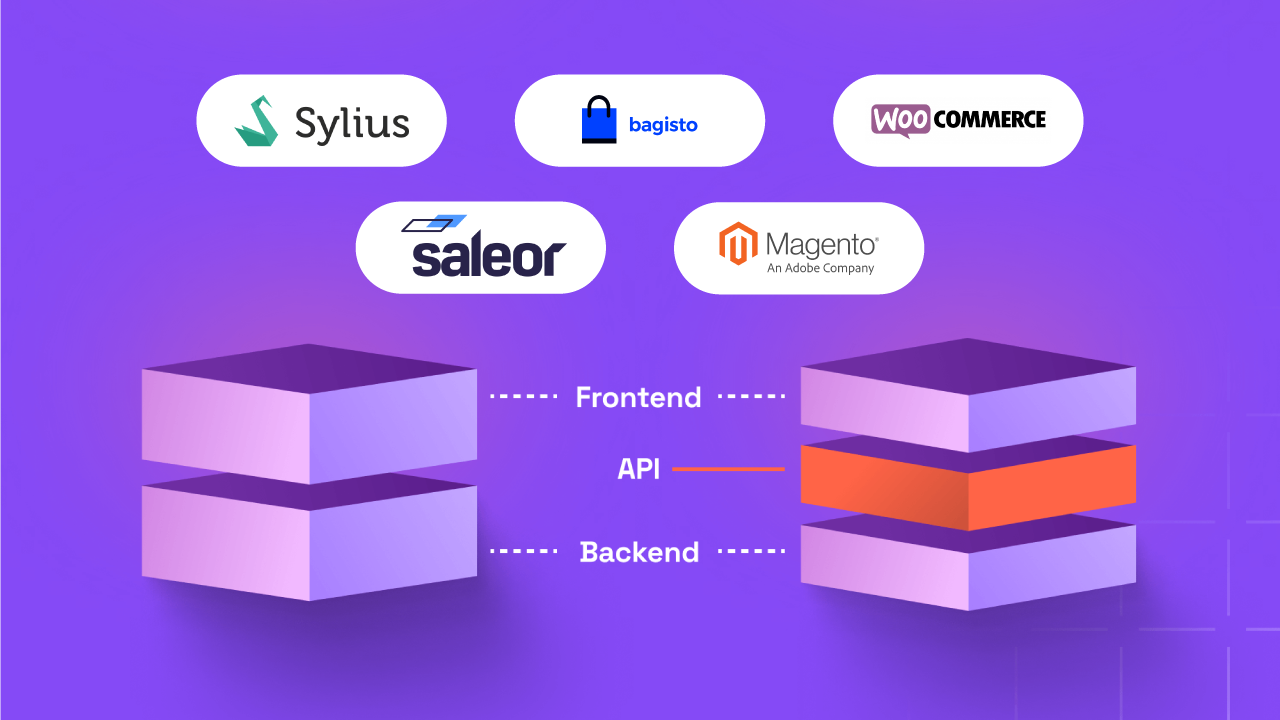Learn How to Calculate Total Cost of Ecommerce Platform Implementation

The most important aspect of your eCommerce journey is site development. While only a fraction of people develop their websites by themselves, there is a majority that hire third-party eCommerce development services for development.
But here’s the thing: eCommerce development is an investment, and you need to be aware of the challenges that come with getting your store developed.
First and foremost, you need to ensure that you’re getting the things that you paid for. This implies that you’re not being charged any additional costs, or a faulty website when you finally go about operating it.
In short, you need to make sure that you’re not getting ripped off.
While it’s true that there are plenty of eCommerce development companies that double as scams that make you invest so much and yet deliver so little, there are companies that provide you with a quality website.
If you’re looking to reach out to an eCommerce development company, then you need to understand the total cost of ownership for eCommerce implementation. Once you’ve read this post, you will have an idea of the total cost you can incur for your eCommerce project based on a variety of different factors.
So, let’s begin.
Total Cost of Ownership (TCO): Explained
Essentially speaking, TCO is the total cost you incur of developing, deploying, and managing your eCommerce store.
From the basic layout of your store, to the additional integrations, website management, and marketing features – TCO is a sum of all the things you pay for to get your eCommerce business up and running.
To elaborate on the concept of TCO, here are some of the costs you need to include in your TCO document:
- The payment for that marketing automation integration you purchased.
- The payment for the CRM system you implemented on your store.
- Costs of payment gateway integration to your site.
Regardless of whether the cost of a business product was minor or major, if you spent it on your business, then you need to keep an account of that.
What Does TCO Include?
There are several factors at play when you’re calculating the TCO for your online business.
Now, all of what we’ve discussed so far regarding TCO might seem an overwhelming pursuit, but with the checklist we’ve mentioned below, things might seem a lot easier for you.
- Infrastructure costs.
- Website design and development expenses.
- ECommerce integrations and store set up costs.
- Data entry costs.
- Ongoing operational costs.
Cost of Infrastructure
There are certain initial costs associated with setting up an online store, regardless of whether you’re setting up a big or small business.
The first costs you’ll ideally incur are:
- Domain name costs.
- Web hosting costs.
- Ecommerce platform costs.
- SSL certificate.
- Essential wireframing and design costs.
Web Design Costs
When you’ve incurred the costs we mentioned above, it’s time you move on to the next phase of the eCommerce development process: website design.
One of the most important aspects of the eCommerce process: website design, when done right, can mean more sales and more conversions for your eCommerce store.
This implies that you should invest in a theme design with a streamlined process that facilitates the customer journey from start to finish.
When it comes to the costs, here’s what you will incur:
- The theme of your store. Depending on your requirement, you can select a paid or a free theme, but there are customization costs associated with free themes.
- All the necessary add-ons and plugins you might incur with the design process.
As we mentioned in the intro, you can design your website by yourself. However, this would imply a longer time to market, a learning curve, and finding out what theme is good for your store.
Working alongside an eCommerce development agency, in comparison, can prove quite beneficial since they are more experienced in the field than in-house resources.
Site Building Processes
Now that you’ve incurred the basic costs of having your framework designed, it’s time we move on to the big leagues. This involves getting your website developed.
While the steps mentioned before added the necessary aesthetic flair to your website, website development focuses on providing your website with the necessary functionality to your website.
Some of the functionalities includes:
- Product displays
- Inventory management
- Payment gateway integrations
- Adding relevant shipping details
To give you a run down, here are some of the services you will incur:
- Digital strategy creation
- Backend development
- Front-end development
- Ecommerce implementation
- Custom software development
- Application design
- Integration services
Among others.
Post Development Maintenance Costs
When you’ve successfully built an eCommerce store, added all the relevant products, and organized it overall, it’s time we look at the costs of maintaining an eCommerce store.
When you’re running an eCommerce, there are some must-have recurring costs you have to incur on your eCommerce store.
- Customer information security and backups
- Website security
- Marketing expenses (Social Media, PPC, And Email)
- Inventory management
On top of that, you also have your yearly expenses of hosting, domain names, and SSL certifications.
If you’re using a SaaS ecommerce platform, then you’ve going to have to pay the costs of its subscriptions as well.
Ecommerce Development Agency vs In-House Development
Let’s look at both situations:
With an in-house team, you can get your project customized and in accordance to your vision. However, the problem will remain that you’ll have to incur more resources and time to your project. Moreover, hiring the right person is difficult if you don’t have an idea of things.
Ecommerce development agencies help save time, money, and effort required from your end. More often than not, they have the necessary expertise, have hired the right people for the job, and deliver a project with flexibility.
If you’re a business owner and you:
- Don’t have in-house tech resources, and don’t want to incur additional costs related to that prospect.
- Want your store built as quickly, and in the best manner as possible.
- Have a limited budget for eCommerce processes.
Then using the services of an agency can prove very beneficial to you.
Conclusion
In this post, we’ve managed to mention how you can measure TCO. But here’s the thing: measuring TCO is not easy and there are a lot of things specific to your business that we might be missing out.
The goal of this post was to give you an idea of the things you need to calculate the TCO.
We hope it fulfilled its intended purpose. Thanks for reading!
Read Also




